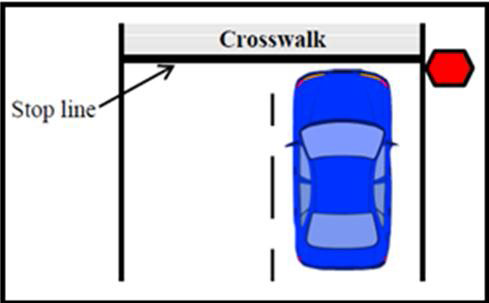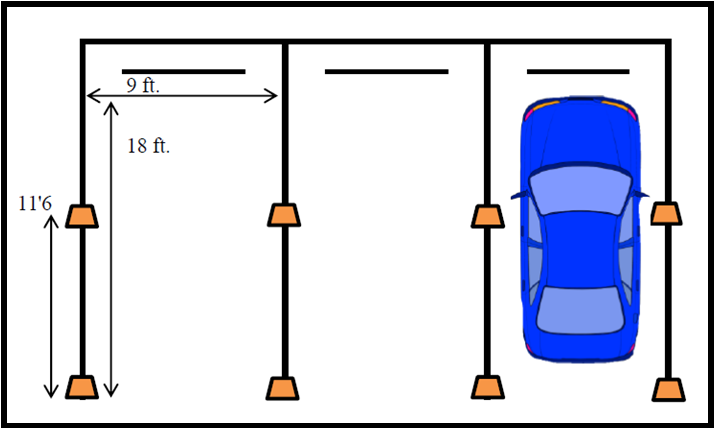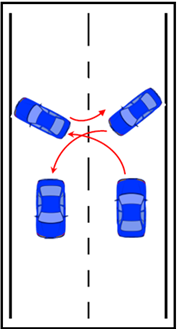
Driver License Office
904 301 Blvd. W.
Bradenton, FL 34205
Monday – Friday, 9 AM - 4:30 PM
taxcollector.com

Driver License Office
904 301 Blvd. W.
Bradenton, FL 34205
Monday – Friday, 9 AM - 4:30 PM
taxcollector.com
 ess). For complete details, visit the state's What to Bring page (https://www.flhsmv.gov/driver-licenses-id-cards/what-to-bring/).
ess). For complete details, visit the state's What to Bring page (https://www.flhsmv.gov/driver-licenses-id-cards/what-to-bring/). come to a complete stop before reaching the pedestrian crosswalk or stop line, and remain stopped until you can move safely without interfering with cross traffic or pedestrians. Keep in mind that most intersections contain marked or unmarked legal crosswalks. An unmarked crosswalk is the portion of the roadway at an intersection that would connect opposite sides of the street.
come to a complete stop before reaching the pedestrian crosswalk or stop line, and remain stopped until you can move safely without interfering with cross traffic or pedestrians. Keep in mind that most intersections contain marked or unmarked legal crosswalks. An unmarked crosswalk is the portion of the roadway at an intersection that would connect opposite sides of the street. en properly parked, the vehicle should be centered inside the space with no part of the vehicle extending out in the traffic lane. This maneuver gives the examiner the opportunity to observe your ability to:
en properly parked, the vehicle should be centered inside the space with no part of the vehicle extending out in the traffic lane. This maneuver gives the examiner the opportunity to observe your ability to: